Nile Cruise Aswan to Luxor 3 Nights / 4 Days
The 3-night program is the shortest available Nile cruise package.
It usually starts in Aswan and ends in Luxor. Only very few cruises make the 3-night journey from Luxor to Aswan.
It is recommended for travelers who are short on time or wish to visit several cities in a short holiday of less than 7 nights.
Passengers enjoying the Nile cruise from Luxor and Aswan can indulge in delicious full-board meals on board.
They will savor the tastiest Egyptian and international dishes prepared by the best professionals in Egypt.
Tourists visiting Egypt and booking a Nile cruise to Luxor and Aswan will also have the chance to experience the charm of sailing on the Nile with a cool breeze while watching Egyptian farmers in their daily activities.
A Nile cruise to Luxor and Aswan is a wonderful tour that travelers visiting Egypt should experience at least once. The journey is fantastic, the monuments are breathtaking, the entertainment programs are fun, and the facilities and services offered meet the highest quality standards.
Guests on Luxor and Aswan Nile cruises spend their mornings exploring the splendor of ancient Egypt and visiting various monuments. In the evenings, almost all ships sailing between Luxor and Aswan organize wonderful entertainment programs. These usually include a belly dance show, a Tanoura performance, live music, costume parties, and sometimes even fun competitions among the guests.
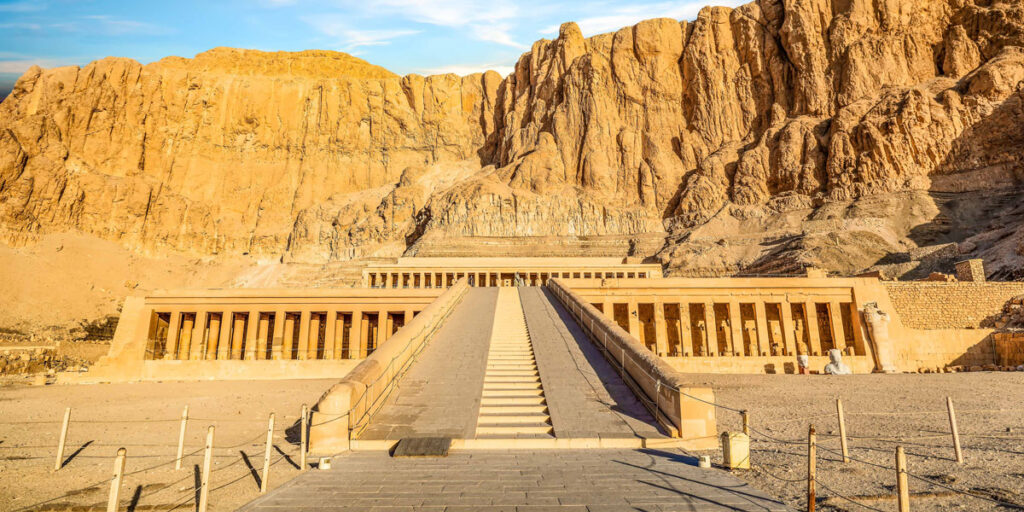
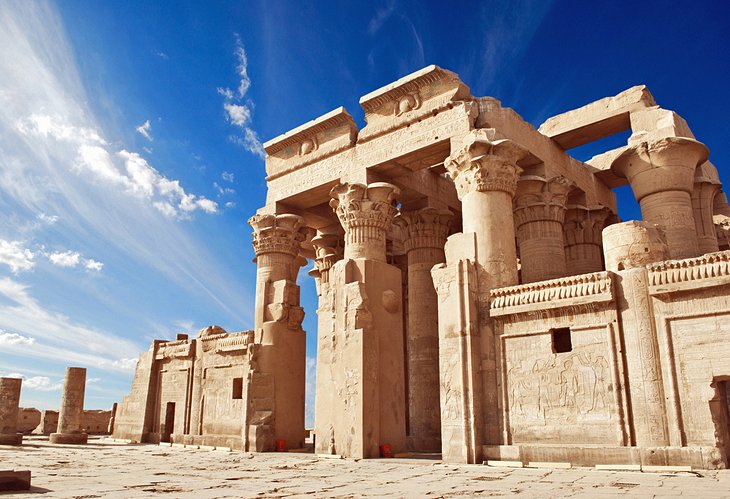
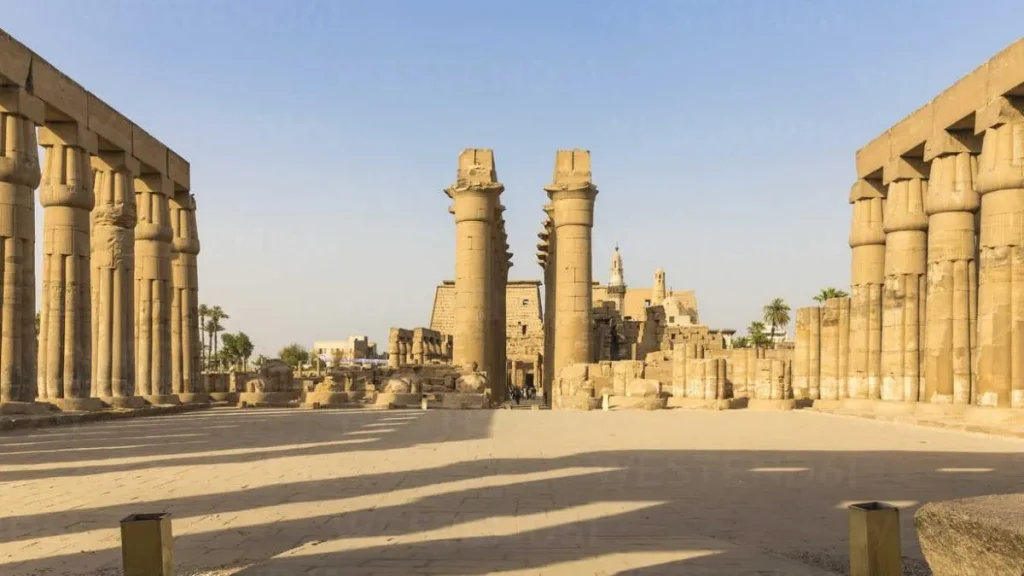
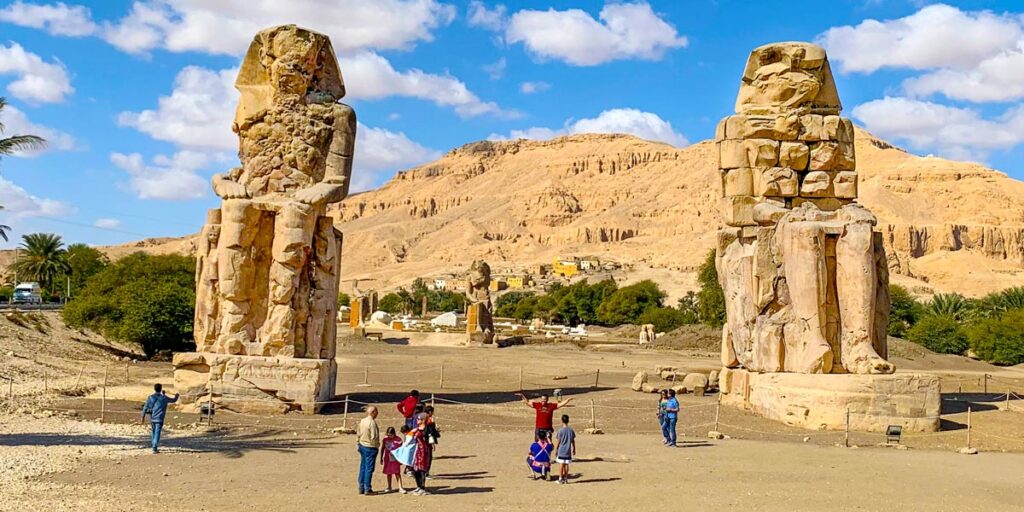


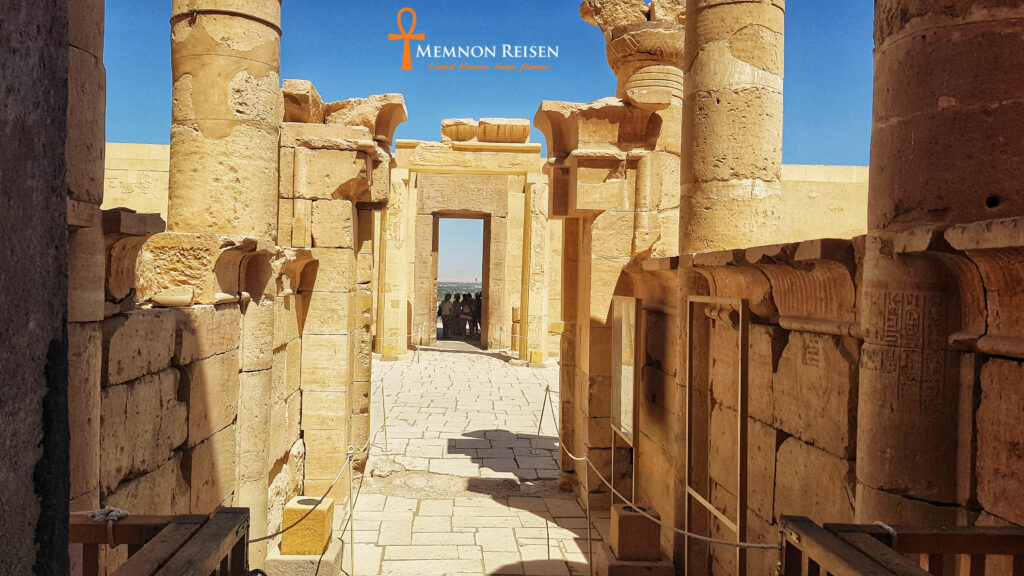
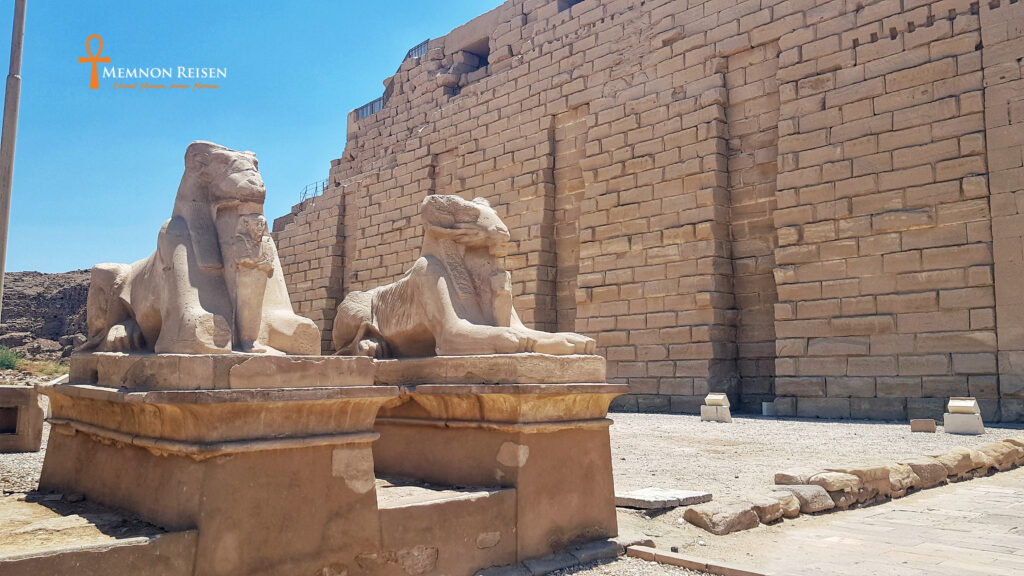
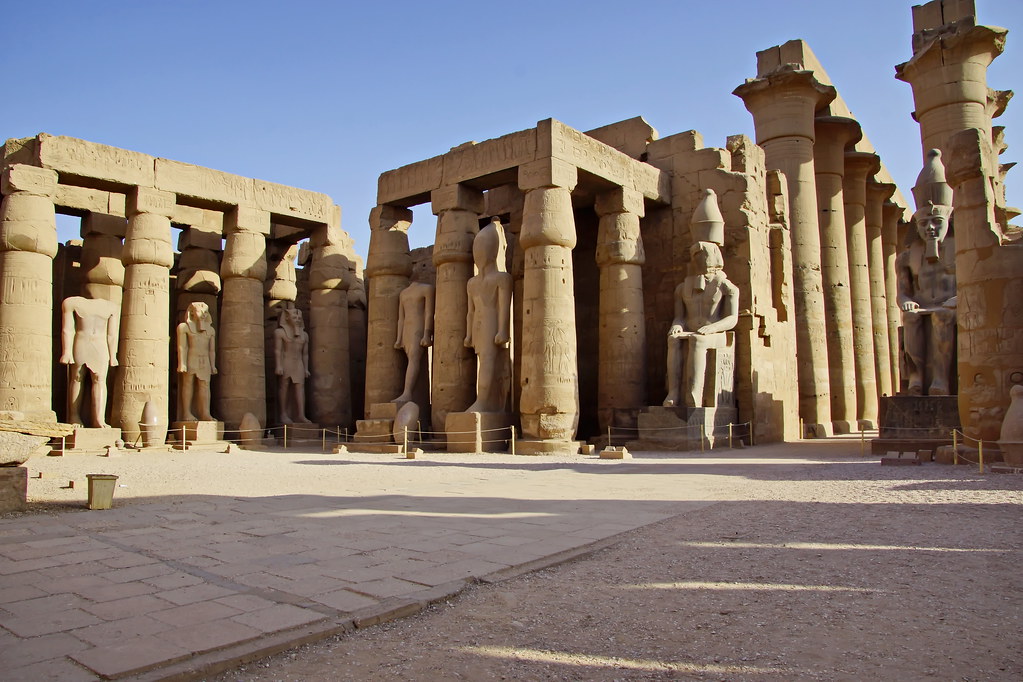
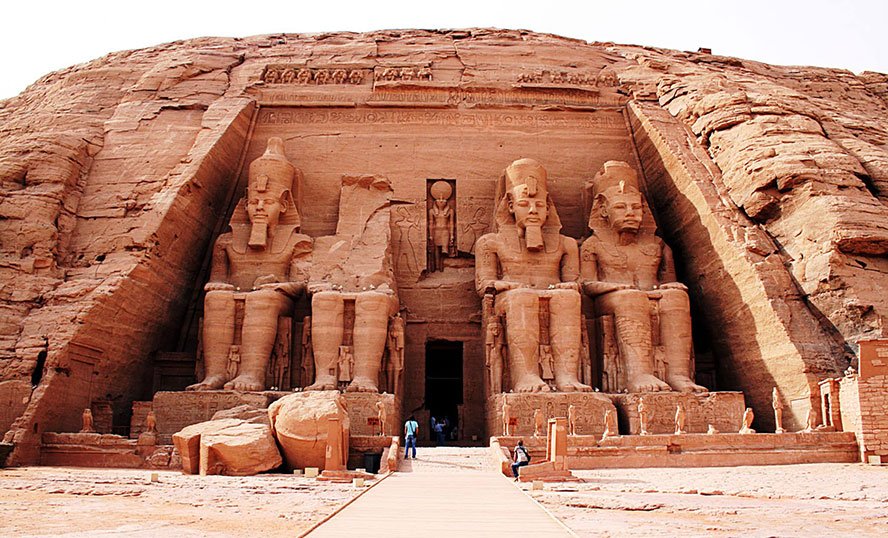

Price on request
- Book Online and pay on site
- Pick-up from the lobby of your hotel
- English speaking guide
- Insurance included
Since each trip is designed individually, the price depends on the number of participants as well as your personal wishes and requirements. We would be happy to create a tailor-made offer for you.
📩 Contact us now to receive your personal price – quickly, without obligation and transparently.
| Duration | Trip Type | Availability |
|---|---|---|
| 4 days | Individually | Every day |
Highlights of Nile Cruise Aswan to Luxor 3 Nights / 4 Days
- Abu Simbel Temple
- High Dam
- Unfinished Obelisk
- Philae Temple
- Kom Ombo Temple
- Edfu Temple
- Colossi of Memnon
- Mortuary Temple of Hatshepsut
- Valley of the Kings
- Luxor Temple
- Karnak Temple
Description for Nile Cruise Aswan to Luxor 3 Nights / 4 Days
First day
Pickup from Hotel in Aswan, visit Philae Temple, High Dam, Unfinished Obelisk & overnight on the ship
You will be picked up from your hotel in Aswan and transferred to the Nile cruise.
Embarkation and lunch on board. Visit the highlights of Aswan, including Philae Temple, a Felucca ride around Elephantine Island, the High Dam, and the Unfinished Obelisk.
Philae Temple:
Built in honor of the goddess Isis, this was the last temple constructed in the classical Egyptian style. Construction began around 690 BC, and it was one of the last places where the goddess was worshipped.The High Dam:
The Aswan High Dam is a rock-fill dam located on the northern border between Egypt and Sudan. It is fed by the Nile, creating Lake Nasser as a reservoir. Construction started in 1960 and was completed in 1968. It was officially inaugurated in 1971.The Unfinished Obelisk:
Aswan was the source of the finest granite in ancient Egypt, used for statues, temples, pyramids, and obelisks. The massive unfinished obelisk in the northern quarries offers valuable insights into the creation of these monuments, even though the entire process is still not fully understood. Three sides of the nearly 42-meter shaft were completed except for the inscriptions. At 1,168 tons, the finished obelisk would have been the heaviest piece of stone ever made by the ancient Egyptians.Optional Tour to the Nubian Village:
The Nubian Village is one of Aswan’s attractions. It is worth a 2-hour visit. The place is very authentic, colorful, and artistic – the Nubian Village will surprise you at every corner! Walking through the village, you will immediately feel the soul of this place.
Second day - Abu Simbel Temple, Nefertari Temple & overnight on the ship
Early morning, around 3:00 AM, you will drive with your private Egyptologist in an air-conditioned vehicle to one of Egypt’s most important tourist attractions, the Abu Simbel Temple (about 3 hours each way).
The Great Temple of Abu Simbel:
Located in Nubia near Egypt’s southern border, it is one of the most impressive monuments in Egypt. It was carved into the rock by King Ramses II (the Great) of the 19th Dynasty around 1264 BC. The temple is especially famous for the four colossal seated statues that dominate its facade. One of these statues collapsed during an ancient earthquake, and its fragments are still visible on the ground.Standing colossal statues of the king line the main hall, which leads to the sanctuary housing four deities: Amun Ra, Ra Horakhty, Ptah, and a deified version of Ramses II. The temple was built with such precision that on two days each year—February 22 and October 22—sun rays penetrate the temple, illuminate the main hall, and light up the innermost statues.
Another rock-cut temple nearby, the so-called Small Temple, is dedicated to the goddess Hathor and Ramses II’s Great Royal Wife, Queen Nefertari. On the Small Temple’s facade, her colossi are the same size as those of her husband—a very rare depiction.
Both temples were relocated in 1968 after the construction of the Aswan High Dam threatened to submerge them. The relocation was completed thanks to international efforts led by UNESCO, and the temple complex was added to the World Heritage list in 1979.
Third day - Edfu Temple, Kom Ombo Temple & overnight on the ship
After breakfast on board, you will visit Edfu Temple and Kom Ombo Temple with your guide.
Kom Ombo Temple:
This remarkable ancient structure on the Nile banks is a testament to the grandeur and complexity of the civilization that once flourished in this region. Kom Ombo Temple holds a unique place in ancient Egyptian history because it is dedicated to two sets of deities and embodies the concept of dualism. With its fascinating architecture, intricate reliefs, and rich symbolism, it offers visitors a captivating glimpse into the religious beliefs and cultural practices of the past.Edfu Temple:
Located on the west bank of the Nile in the city of Edfu, this temple is an extraordinary example of ancient Egypt’s architectural mastery. Built during the Ptolemaic period between 237 and 57 BC, it is dedicated to the falcon-headed god Horus and is among the best-preserved ancient Egyptian temples.
Construction began under Ptolemy III Euergetes and was completed over several generations. It was built on the site of an earlier shrine dedicated to Horus, replacing a structure that had fallen into ruin. The sandstone used for construction was quarried nearby at Gebel El-Silsila.
Fourth day
Karnak Temple, Valley of the Kings, Hatshepsut Temple, Colossi of Memnon & disembarkation
After breakfast on board, you will visit the sights of Luxor with your guide.
Karnak Temple:
Located on the east bank of the Nile in modern Luxor, Karnak Temple is a lasting testament to the grandeur and architectural skills of the ancient Egyptians. With a history spanning over 2,000 years, Karnak is one of the largest religious complexes ever built, serving as the center of worship and political power during the height of the New Kingdom.Built and expanded by numerous pharaohs, including Amenhotep III, Ramses II, and Hatshepsut, Karnak served as a focal point for rituals and ceremonies honoring the god Amun-Ra and other deities. The temple complex covers about 247 acres and includes several main precincts, such as the precinct of Amun-Ra, the precinct of Mut, and the precinct of Montu.
Valley of the Kings:
Located on the west bank of the Nile in the arid landscape of Luxor, the Valley of the Kings is a fascinating archaeological site. For over five centuries, from the 16th to the 11th century BC, this valley served as the final resting place for pharaohs, high officials, and members of the elite during the New Kingdom. Its timeless allure and historical significance have made it one of the world’s most famous burial sites, with magnificent tombs that have survived the test of time.Temple of Queen Hatshepsut:
Rising in terraces from the desert plain, the Hatshepsut Temple blends seamlessly with the sheer limestone cliffs of the Theban mountain, as if nature itself had constructed this extraordinary monument.Colossi of Memnon
- Meet-and-assist service upon arrival and departure
- All transfers to/from your hotel in a private air-conditioned vehicle
- Accommodation for 3 nights on a 5-star cruise with full board
- Certified professional English-speaking Egyptologist
- All sightseeing tours as mentioned in the itinerary
- Entrance fees to all sites as per the itinerary
- Meals as mentioned in the itinerary
- All service charges and taxes
- Visa & tips
- Entrance to Tutankhamun’s tomb in the West Bank / Luxor
- Any optional tours
- Personal expenses
- International flights
- Drinks on the ship
Payment is made in cash when picked up in:
- Euro
- Dollars
- Swiss franc
- Bank transfer
- PayPal
- Tax and insurance are included in the price




